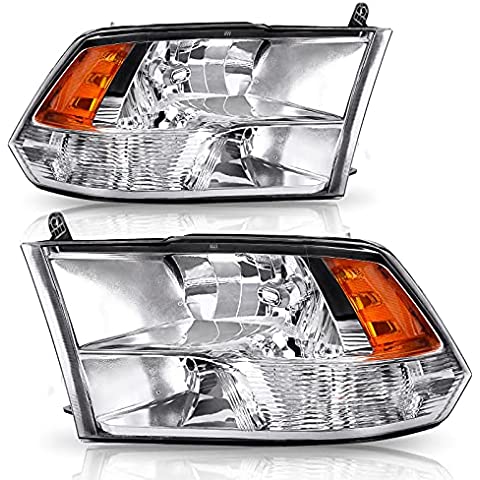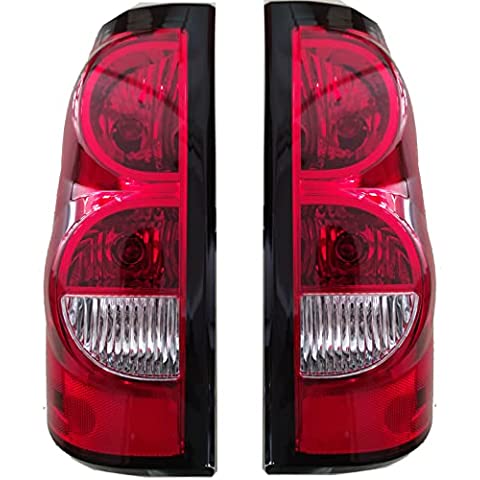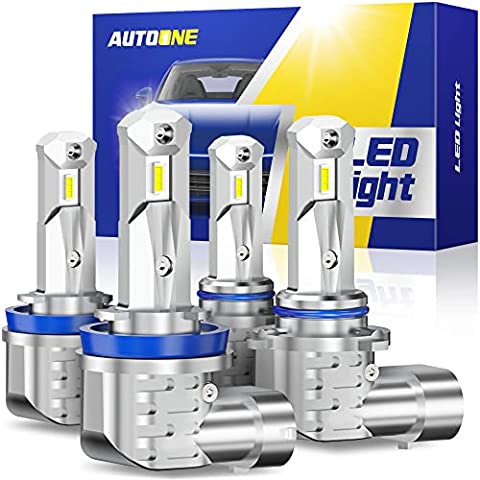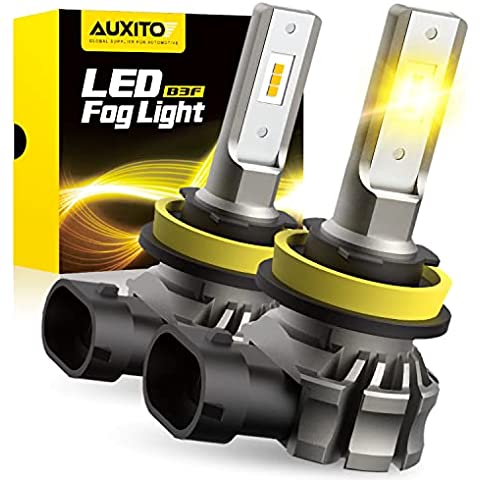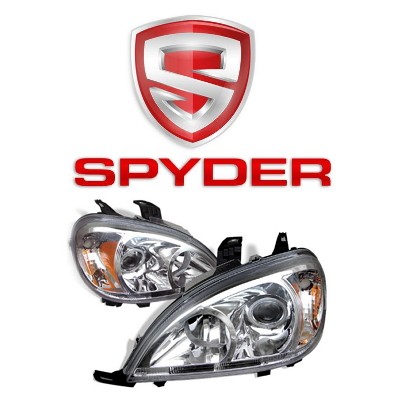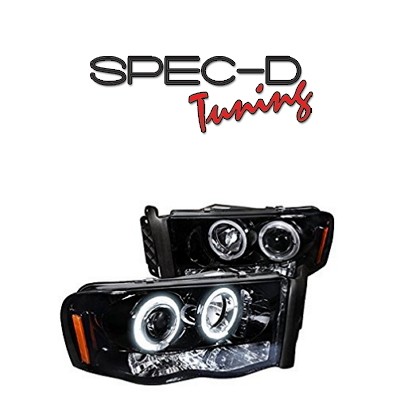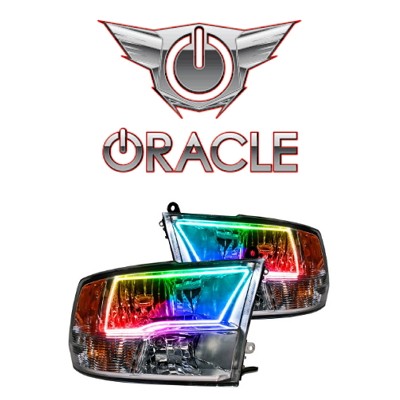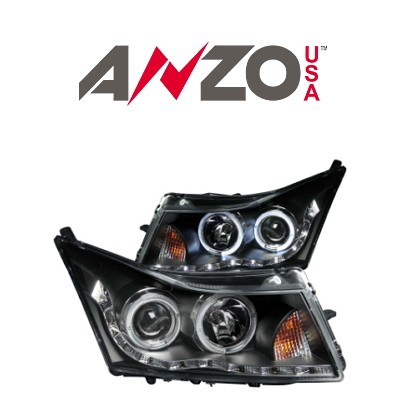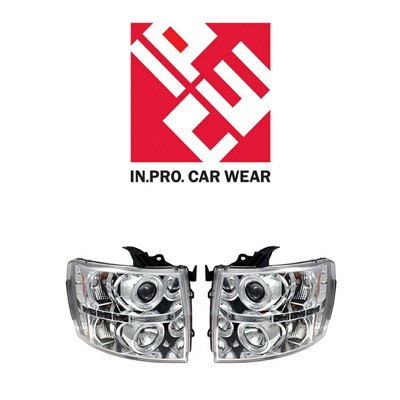In the ever-evolving world of automotive lighting, the debate between LED and HID headlights continues to capture the attention of both car enthusiasts and general consumers. As we look towards 2025, advancements in lighting technology are shaping the future of nighttime driving, promising better visibility, safety, and energy efficiency. This article delves into the specifics of LED and HID headlights, providing a detailed comparison to help you make an informed decision when upgrading your vehicle’s lighting system.
LED vs. HID Headlights: Key Specifications and Products for 2025
The market for automotive lighting is brimming with options, featuring renowned brands like Philips, Sylvania, GE, OSRAM, and Hella, alongside emerging LED manufacturers bringing innovative products to the table.
LED Headlights
- Wattage and Lumen Output: LED headlights typically consume 30-50 watts, delivering a lumen output of 3,000 to 4,000 lumens per bulb. This energy efficiency is a key advantage over traditional lighting technologies.
- Lifespan: With an average lifespan of 20,000 to 30,000 hours, LEDs considerably outlast HID bulbs, reducing the frequency of replacements.
- Key Products: The Philips X-tremeUltinon LED Gen2 is a standout in 2025, featuring advanced cooling technology for enhanced performance. Sylvania’s SilverStar zXe LED also offers superior brightness and a longer lifespan.
HID Headlights
- Wattage and Lumen Output: HID headlights operate at 35 watts, providing a higher lumen output of 3,500 to 5,000 lumens, which enhances visibility over long distances.
- Lifespan: Though shorter than LEDs, HIDs offer 2,000 to 5,000 hours of usage, making them a viable option for those prioritizing brightness.
- Key Products: OSRAM’s Xenarc Night Breaker Laser HID bulbs remain a top choice, offering up to 200% more light compared to standard halogen bulbs. Hella’s Performance HID kit is another excellent option for 2025.
Comparative Analysis: LED vs. HID vs. Halogen
Understanding the differences between these technologies is crucial for selecting the right headlights for your vehicle. According to the National Highway Traffic Safety Administration (NHTSA), both LED and HID headlights meet safety standards, but they differ in performance and efficiency.
- Energy Efficiency: LEDs are more energy-efficient than HIDs and halogens, making them an eco-friendly choice.
- Brightness: While HIDs offer higher lumen output, LEDs provide consistent brightness with minimal glare, improving nighttime driving safety.
- Cost: Initial costs for LEDs are higher, but their longer lifespan and lower energy consumption can lead to savings over time.
Trends for 2025: Innovations in Automotive Lighting
The future of automotive lighting is bright, with several exciting trends on the horizon. Smart headlights, adaptive lighting systems, and matrix technologies are gaining traction, offering enhanced control and safety. Market projections indicate a growing consumer interest in energy-efficient and eco-friendly lighting options, with LED sales expected to increase by 15% annually.
Upcoming Innovations
- Smart Headlights: These systems automatically adjust beam patterns based on driving conditions, reducing glare for other drivers.
- Matrix Lighting Systems: By using a grid of LED lights, matrix systems offer precise control over light distribution, improving visibility without dazzling oncoming traffic.
- Eco-Friendly Options: Manufacturers are focusing on reducing the environmental impact of headlights, with LEDs leading the charge in energy efficiency.
User-Friendly Approach: DIY Installation Guides
For those looking to upgrade their headlights, a DIY approach can be both cost-effective and satisfying. Ensure you choose DOT-approved products for on-road use in the U.S. AutoZone offers a range of products suitable for DIY installation.
Step-by-Step Guide to Installing LED Headlights
1. Gather Tools: You’ll need a screwdriver, gloves, and your new LED headlight kit.
2. Remove Old Bulbs: Open the hood and locate the headlight assembly. Remove the cover and carefully take out the old bulbs.
3. Install New LEDs: Insert the new LED bulbs into the headlight socket, ensuring they are securely in place.
4. Test Alignment: Turn on the headlights to ensure proper alignment and functionality.
5. Secure the Assembly: Replace the headlight cover and close the hood.
Conclusion
Both LED and HID headlights offer unique advantages, and the choice ultimately depends on your specific needs and preferences. With advancements in technology and a focus on safety and efficiency, upgrading your vehicle’s lighting is a wise investment for 2025. For further research or to make a purchase, visit leading retailers like AutoZone or explore advanced online marketplaces. Embrace the future of automotive lighting and enhance your driving experience today.


